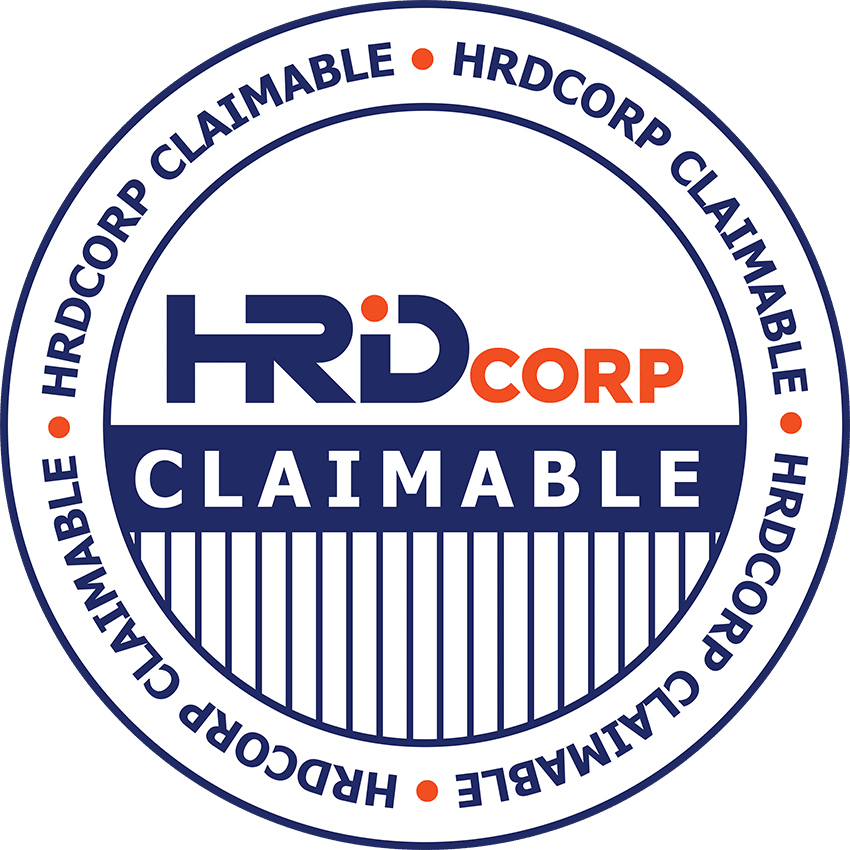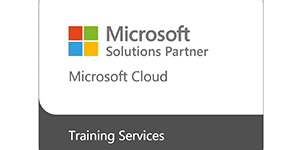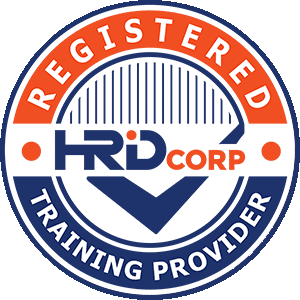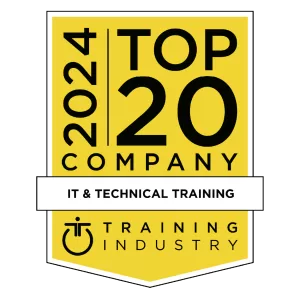Overview
This AZ-040T00: Automating Administration with PowerShell course delivered by Trainocate Malaysia provides students with the fundamental knowledge and skills to use PowerShell for administering and automating administration of Windows servers.
This course provides students the skills to identify and build the command they require to perform a specific task. In addition, students learn how to build scripts to accomplish advanced tasks such as automating repetitive tasks and generating reports.
This course provides prerequisite skills supporting a broad range of Microsoft products, including Windows Server, Windows Client, Microsoft Azure, and Microsoft 365. In keeping with that goal, this course will not focus on any one of those products, although Windows Server, which is the common platform for all of those products, will serve as the example for the techniques this course teaches.
Skills Covered
- Review Windows PowerShell
- Understand the command syntax in Windows PowerShell
- Find commands and Get‑Help in Windows PowerShell
- Manage Active Directory Domain Services using PowerShell cmdlets
- Manage network service settings for Windows devices using PowerShell cmdlets
- Manage Windows Server settings using PowerShell cmdlets
- Manage settings for a local Windows machine using PowerShell cmdlets
- Understand the Windows PowerShell pipeline
- Select, sort, and measure objects using the pipeline
- Filter objects out of the pipeline
- Enumerate objects in the pipeline
- Send and pass data as output from the pipeline
- Pass pipeline objects
- Connect with data stores using PowerShell providers
- Use PowerShell drives in PowerShell
- Review CIM and WMI
- Query configuration information by using CIM and WMI
- Query and manipulate repository objects by using CIM and WMI methods
- Manage variables in Windows PowerShell scripts
- Work with arrays and hash tables in Windows PowerShell scripts
- Create and run scripts by using Windows PowerShell
- Work with scripting constructs in Windows PowerShell
- Import data in different formats for use in scripts by using Windows PowerShell cmdlets
- Use methods to accept user inputs in Windows PowerShell scripts
- Troubleshoot scripts and handle errors in Windows PowerShell
- Use functions and modules in Windows PowerShell scripts
- Manage single and multiple computers by using Windows PowerShell remoting
- Use advanced Windows PowerShell remoting techniques
- Manage persistent connections to remote computers by using Windows PowerShell sessions
- Review Azure PowerShell module
- Review the features and tools for Azure Cloud Shell
- Manage Azure resources with Windows PowerShell
- Manage users, groups, and licenses in Microsoft Entra ID by using Windows PowerShell
- Manage Exchange Online by using Windows PowerShell
- Manage SharePoint Online by using Windows PowerShell
- Manage Microsoft Teams by using Windows PowerShell
- Create and manage background jobs using Windows PowerShell
- Create and manage scheduled jobs using Windows PowerShell
Who Should Attend
This course is intended for IT Professionals who are already experienced in general Windows Server, Windows client, Azure, and Microsoft 365 administration, and who want to learn more about using Windows PowerShell for administration. No prior experience with any version of PowerShell or any scripting language is assumed.
This course is also suitable for IT Professionals already experienced in server administration, including Microsoft Exchange Server, Microsoft SharePoint Server, and Microsoft SQL Server.
Course Curriculum
Prerequisites
Before attending this course, students must have:
- Experience with Windows networking technologies and implementation.
- Experience with Windows Server administration, maintenance, and troubleshooting.








